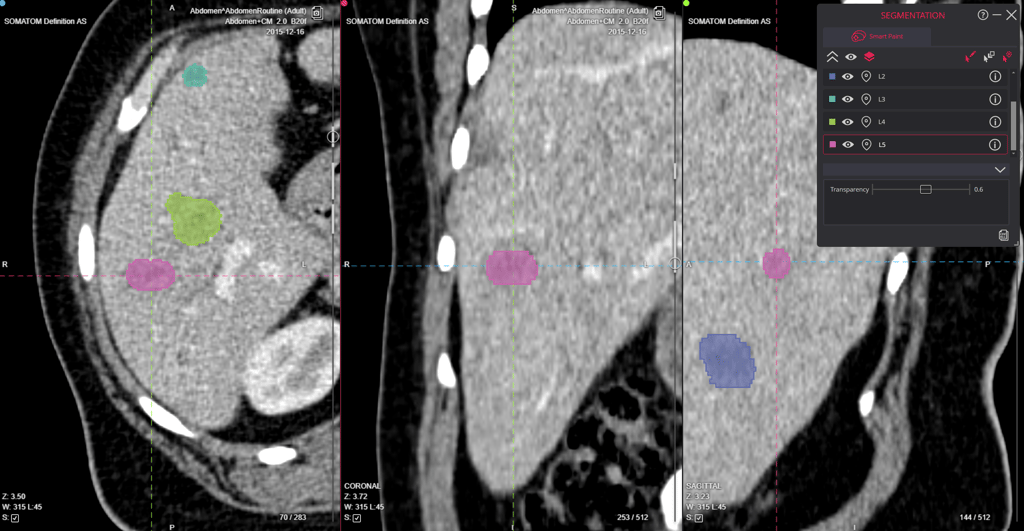Radiography vs Radiology: What's the Difference?

Difference between Radiography vs Radiology
Radiology is a medical discipline that focuses on interpreting imaging scans, while radiography is a specific imaging technique performed by radiographers. Radiography vs Radiology are two terms that are often used interchangeably, but they actually refer to different roles and responsibilities within the healthcare system. In this article, we will explore the distinctions between radiography and radiology and the educational paths associated with each.
Radiology
Radiology is a medical discipline that focuses on delivering diagnostic imaging to investigate and facilitate diagnosis and guide treatment. Radiologists are medical doctors who specialize in reading and interpreting imaging scans. They play a crucial role in diagnosing diseases and conditions based on the images produced by various imaging techniques such as X-rays, CT scans, MRIs, and ultrasounds.
Radiologists do not perform imaging tests themselves. Instead, they rely on the expertise of radiographers to acquire high-quality images. Radiologists require extensive education, including an undergraduate degree, medical school, and a residency program in radiology.
"Radiology is essentially the most vital role of the hospital I mean think about it when's the last time you or you know someone that went to the hospital and was admitted in the hospital and they didn't get any imaging"
Dr. Michael Cellini Riverview Medical Center at Hackensack Meridian Health
Read Also: Discovering the best way to learn radiology beyond traditional lectures
Radiography
Radiography, on the other hand, is a specific imaging technique within the broader field of radiology. Radiographers, also known as radiologic technologists, are medical technicians who perform diagnostic imaging tests. They operate imaging equipment such as X-ray machines, CT scanners, and MRI machines to capture images of specific parts of the body.
Radiographers work closely with patients to ensure their comfort and safety during the imaging process. They position patients correctly, operate the equipment, and follow protocols to obtain clear and accurate images. However, radiographers do not interpret the results or make diagnoses based on the images. Instead, the images are passed on to radiologists for interpretation and diagnosis.
To become a radiographer, one can enter the field with an associate degree, which can be completed in as little as two years. Additionally, for example, radiographers in the US must pass the American Registry of Radiologic Technologists (ARRT) Radiography Exam to become certified.
"Within diagnostic radiography there are surprises on a daily basis. Our work is extremely varied and that's part of what makes it so enjoyable is that what I think I might be doing today can really change by the minute. The most fulfilling part of my role is knowing that my work is integral to helping make a diagnosis for a patient and really improve the care going forward for them."
Rupert Penwarden Consultant Radiographer at Chelsea & Westminster Hospital NHS Foundation Trust
Read Also: How to Become a Radiographer in the UK
Collaboration and Importance
Radiologists and radiographers work together in a collaborative manner to ensure accurate diagnostics and patient safety. Radiographers play a crucial role in acquiring high-quality images, while radiologists provide expert interpretation and diagnosis based on those images. Both roles are essential in the healthcare system, relying on each other to provide quality imaging and interpretations.
The collaborative spirit and each role's unique contribution is summed up by our dear friend M.D. Christoph A. Agten:
"I see Radiography is part of the wider field of Radiology. Radiologists and Radiographers work as a team within radiology. While a radiographer's job is to acquire high-quality images, it is the radiologist's job to do the interpretation and write a report for the referring doctor."
Read Also: Collective Minds Clinical Collaboration
Educational Opportunities
For those interested in pursuing a career in radiography, educational opportunities are available at various institutions. Radiography programs typically offer associate degree programs that provide students with the necessary knowledge and skills to become competent radiographers. These programs focus on technical training and clinical experience to prepare students for the field.
Read Also: Free Online Radiology Courses: Advance Your Medical Imaging Skills from Home
Conclusion
In summary, radiography and radiology are distinct but interconnected fields within the healthcare system. Radiology encompasses a broader scope, focusing on the interpretation and diagnosis of imaging scans, while radiography is the technical aspect of acquiring medical images using radiation. Both radiologists and radiographers play vital roles in providing accurate diagnostics and ensuring patient safety.
Read Also: Premier X Ray Interpretation Course Online: Top-Rated Among X Ray Courses UK
FAQ
Q: Are radiology and radiography the same thing? A: No, radiology and radiography are not the same thing. Radiology is a medical discipline that focuses on interpreting imaging scans, while radiography is a specific imaging technique performed by radiographers.
Q: Is becoming a radiologist harder than becoming a radiographer? A: Yes, becoming a radiologist is generally more intensive than becoming a radiographer. Radiologists require extensive education, including an undergraduate degree, medical school, and a residency program in radiology.
Q: What is the difference between a radiographer and a radiologic technologist? A: Radiographers and radiologic technologists are the same. They are medical professionals who perform medical exams using X-rays and other imaging techniques to create images of specific parts of the body.
Q: What is the difference between radiology and radiotherapy? A: Radiology focuses on diagnosing diseases and conditions based on imaging scans, while radiotherapy is a treatment method that uses radiation to target and destroy cancer cells.
Q: Can a radiographer become a radiologist? A: Yes, it is possible for a radiographer to become a radiologist. However, this requires additional education and training, including medical school and a residency program in radiology.
Button
Add button element
Reviewed by: Rebecca Johnson on January 31, 2025





